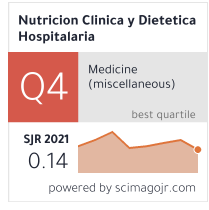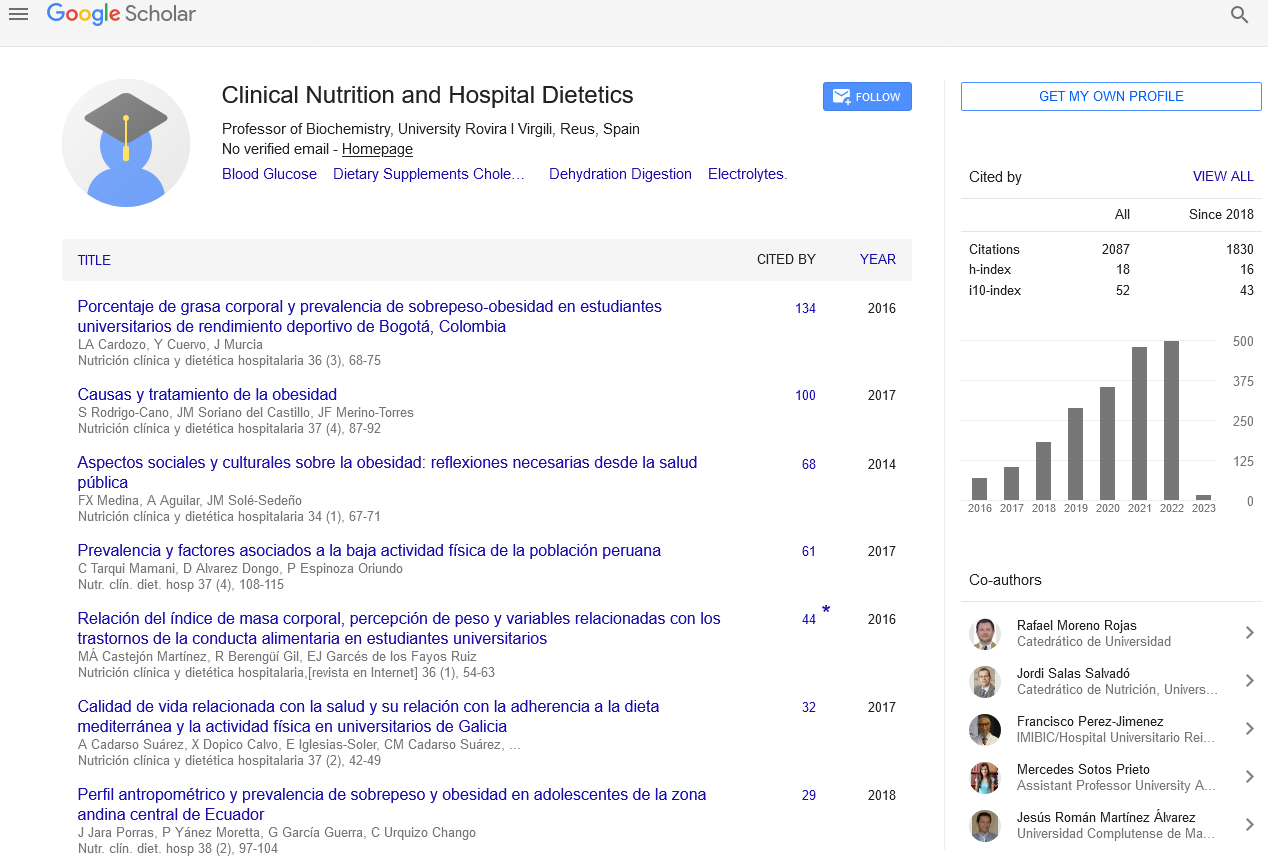Abstract
Motivation for practice of recreational physical activity and physical inactivity in population of Chihuahua (Mexico)
Author(s): Muñoz-Daw, MarÃÂa de Jesús1; Muñoz-Duarte, Mónica1; De La Torre-DÃÂaz, MarÃÂa de Lourdes1; Hinojos-Seáñez, Elsa2; Pardo-RenterÃÂa, José Buenaventura1
Introduction: The reasons for the general population practiced recreational physical activity or inactivity remain are diverse and vary according to age and sex, in populations with high levels of Chronic Noncom - municable Diseases (NCDs), these grounds should be studied to design appropriate strategies to achieve population increasing participation in adequate physical activity (exercise) to promote health. Objective: To identify the reasons why people engage/not engage in sports or recreational physical activity in Chihuahua city and it´s relationship with age and gender.
Methods: 655 subjects were recruited, including 335 6-to-90-year-old women, and 320 men among 6 and 91 years old. They were classified by age into five groups, and a questionnaire was applied to them during the months of May and June 2014, about the type of physical activity they were engaged in and the reasons behind this activity or inactivity
Results: The main motivations behind the practice of physical exercise were: pleasure (22.8% of the little girls and 36.6% of the little boys, 15.3% of the adolescent girls and 33% of the adolescent boys); and health (27.3% of the young women adults, 37.1% of the women mature adults, and 28.4% of the elderly woman. Among the masculine gender: 32.3% of young men, 52.2% of mature adults, and 21.9% of senior men). The reasons for inactivity were: lack of health — among the elderly people—; and lack of time —among the other age groups of the masculine gender—; among the femenine gender little girls referred to lack of motivation as the reason for not doing exercise, adolescent girls said they don’t like to work out, and young and mature adult women said they don’t have time to exercise.
Discussion: The reasons why people realize or not exercise vary in relation to age and sex, it is remarkable that women do not exercise as much as men, children and youth prefer moderate to vigorous physical activity, the school children there are a higher proportion of those engaged in physical exercise than those who do not practice, however upon reaching the adolescence age and until age 60 or more, it is evident that there is a greater part of the population that does not perform physical exercise, encouraging the development of NCDs.
Conclusion: The main reasons why exercise is performed are: to improve the health and taste corresponding to walking, football and dance, while the reasons for not exercise is lack of time, dislike and discouragement and in the case elderly for advanced disease.
Google Scholar citation report
Citations : 2439
Clinical Nutrition and Hospital Dietetics received 2439 citations as per google scholar report
Indexed In
- Google Scholar
- Open J Gate
- Genamics JournalSeek
- Academic Keys
- JournalTOCs
- ResearchBible
- SCOPUS
- Ulrich's Periodicals Directory
- Access to Global Online Research in Agriculture (AGORA)
- Electronic Journals Library
- RefSeek
- Hamdard University
- EBSCO A-Z
- OCLC- WorldCat
- SWB online catalog
- Virtual Library of Biology (vifabio)
- Publons
- MIAR
- Geneva Foundation for Medical Education and Research
- Euro Pub
- Web of Science
Journal Highlights
- Blood Glucose
- Dietary Supplements
- Cholesterol, Dehydration
- Digestion
- Electrolytes
- Clinical Nutrition Studies
- energy balance
- Diet quality
- Clinical Nutrition and Hospital Dietetics




